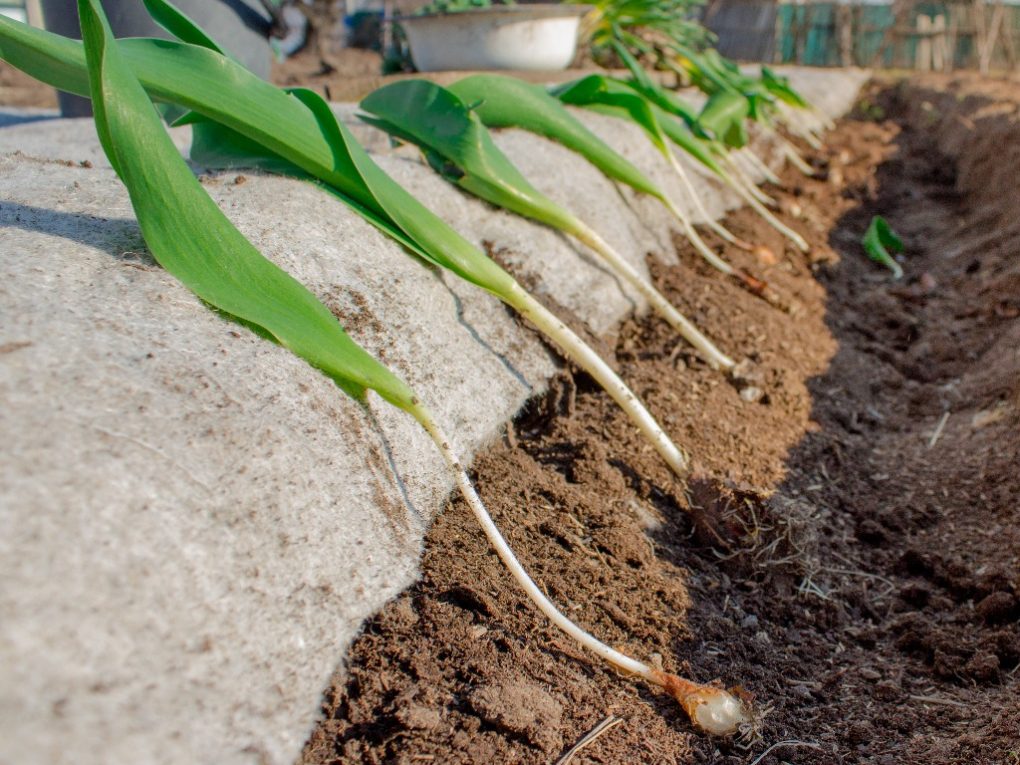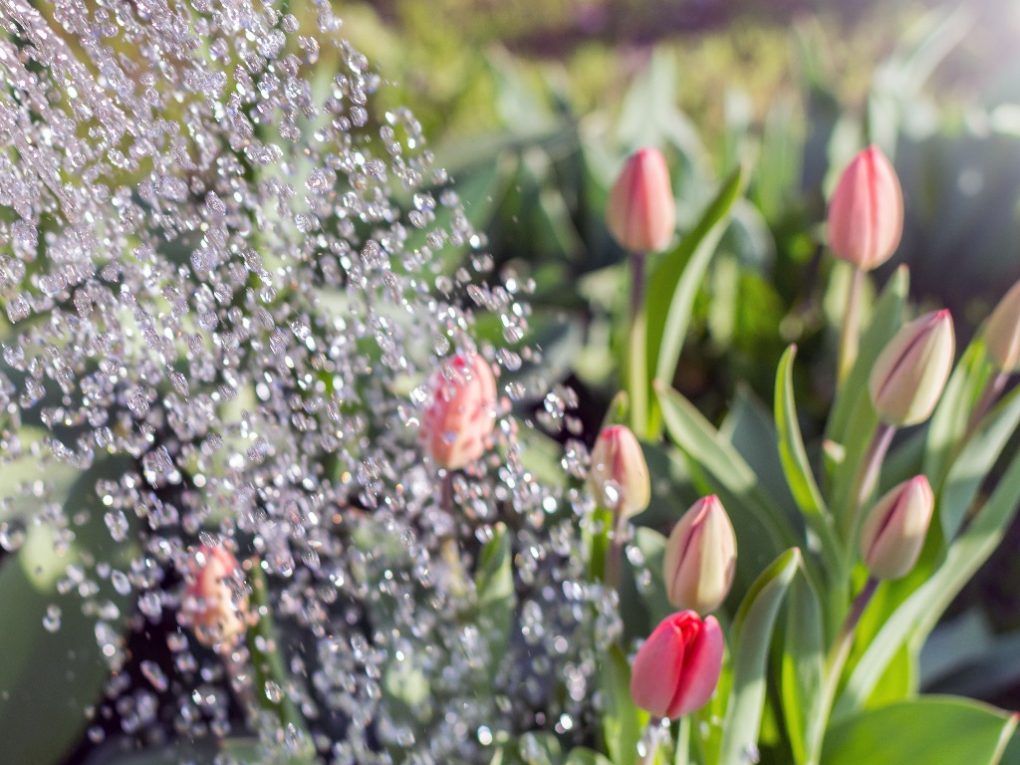How Many Tulip Bulbs per Square Foot: Planting Tips for Tulip Bulbs
As a general guideline, large tulip bulbs with a diameter of 2 inches can be spaced about 6 inches apart, which means you would need about four bulbs per square foot. Smaller tulip bulbs with a diameter of 1 inch can be spaced about 4 inches apart, which means you would need about nine bulbs per square foot.

Table of Contents
Determining the Number of Tulip Bulbs per Square Foot
Planting tulip bulbs in the garden is a great way to add color to your outdoor space. However, it is important to determine the number of tulip bulbs per square foot to ensure that your garden looks full and vibrant. Here are some factors to consider when determining the number of tulip bulbs per square foot.
Calculating Bulb Density
Bulb density is one of the most important factors to consider when determining the number of tulip bulbs per square foot. Tulips need to be spaced apart to ensure enough room to grow properly.
It is important to note that different tulip varieties may require different bulb densities. For example, larger tulip bulbs may require more growing space than smaller bulbs. Therefore, researching the specific tulip variety you want to plant is important to determine the appropriate bulb density.
Considering Tulip Varieties
When determining the number of tulip bulbs per square foot, it is important to consider the tulip variety that you want to plant. Different tulip varieties have different space requirements and bulb densities. For example, some tulip varieties may require more growing space than others. Therefore, researching the specific tulip variety you want to plant is important to determine the appropriate bulb density.

Additionally, some tulip varieties may require more sunlight or shade than others. Therefore, it is important to consider the growing conditions in your garden when selecting a tulip variety to plant. Ensure that the tulip variety you select is appropriate for the growing conditions in your garden.
Accounting for Soil Conditions
The soil conditions in your garden can also impact the number of tulip bulbs per square foot. Tulips require well-draining soil to grow properly, according to White Flower Farm. If the soil in your garden is heavy or clay-like, it may be necessary to amend the soil with compost or other organic matter to improve drainage. Additionally, if the soil in your garden is acidic, it may be necessary to add lime to raise the pH level.
One tip I’ve learned about farmers is to test the soil in your garden to determine its pH level and nutrient content. This will help you determine the appropriate amendments to the soil to ensure your tulips grow properly.
| Tulip Variety | Bulb Density (per sq ft) |
| Single Early Tulips | 5-6 |
| Double Late Tulips | 4-5 |
| Parrot Tulips | 4-5 |
By considering bulb density, tulip varieties, and soil conditions, you can determine the appropriate number of tulip bulbs per square foot to ensure your garden looks full and vibrant.
Planting Tulip Bulbs at the Right Depth
When it comes to planting tulip bulbs, the depth at which they are planted is crucial for their growth and blooming. The general rule of thumb is to plant the bulbs at a depth at least twice their height. This means that if you have a bulb 2 inches tall, it should be planted at a depth of 4 inches.

However, the planting depth may vary depending on the variety of tulip bulbs. For example, some varieties may require a deeper planting depth, while others may only need to be planted a few inches deep. Therefore, reading the planting instructions that come with your bulbs or research is important to determine the optimal planting depth for your specific variety.
Planting too shallow or deep tulip bulbs can result in stunted growth or no growth. Bulbs planted too shallow may not have enough soil coverage to protect them from the cold weather, which can cause them to freeze and die. On the other hand, bulbs planted too deep may not receive enough sunlight to sprout and grow.
Using a bulb planter can make planting tulip bulbs at the right depth much easier. Insert the planter into the soil at the desired depth, twist it to create a hole, and drop the bulb. Then, cover the bulb with soil and water it well.
Caring for Tulip Bulbs After Planting
Once tulip bulbs have been planted in the fall, it is important to take proper care of them to ensure they grow and bloom successfully in the spring. This section will cover the two main aspects of caring for tulip bulbs after planting: watering, fertilizing, and protecting them from pests and diseases.
Watering and Fertilizing
After planting tulip bulbs, it is important to water them thoroughly to help them establish roots. This is especially important in dry climates or with little rainfall. Tulips prefer moist but not soggy soil, so be careful not to overwater. Generally, tulip bulbs should receive about 1 inch of weekly water from rainfall or irrigation.
Once tulip bulbs have sprouted and are growing, they can benefit from a light fertilizer application. Use a balanced fertilizer with equal amounts of nitrogen, phosphorus, and potassium, and apply according to the manufacturer’s instructions. Be careful not to over-fertilize, leading to excessive foliage growth and fewer blooms.

Protecting from Pests and Diseases
Tulip bulbs can be vulnerable to pests and diseases, so taking steps to protect them is important. One common pest is bulb mite, which can cause stunted growth and deformed flowers. To prevent bulb mites, avoid planting tulips in the same spot year after year, as this can allow the mites to build up in the soil. You can also treat bulbs with pesticides before planting to help prevent infestations.
Another common issue is fungal diseases like gray mold or tulip fire. These diseases can cause brown spots on leaves or flowers and even kill the plant. To prevent fungal diseases, plant tulip bulbs in well-draining soil and avoid overwatering. You can also apply a fungicide according to the manufacturer’s instructions if you notice signs of disease.
